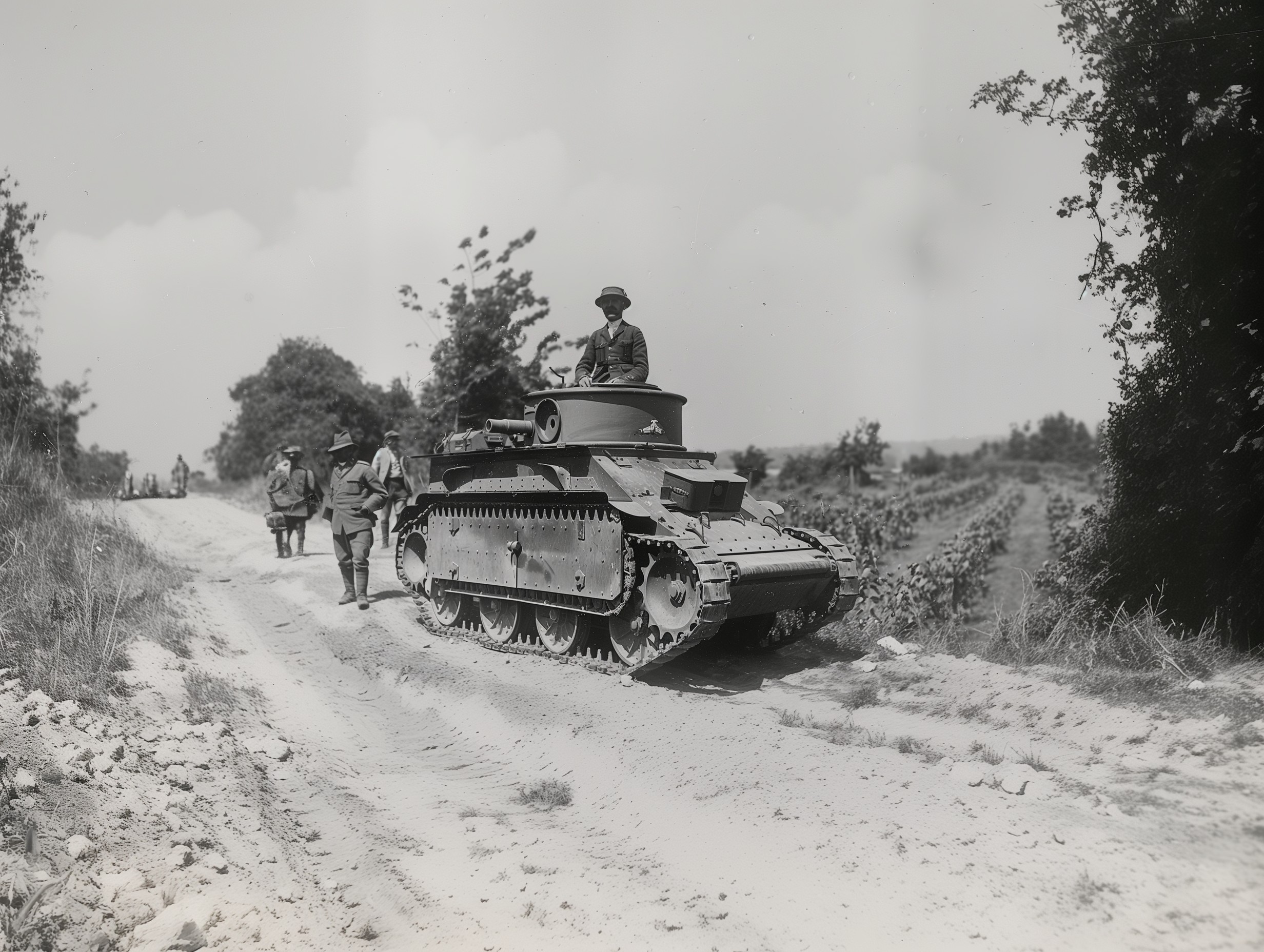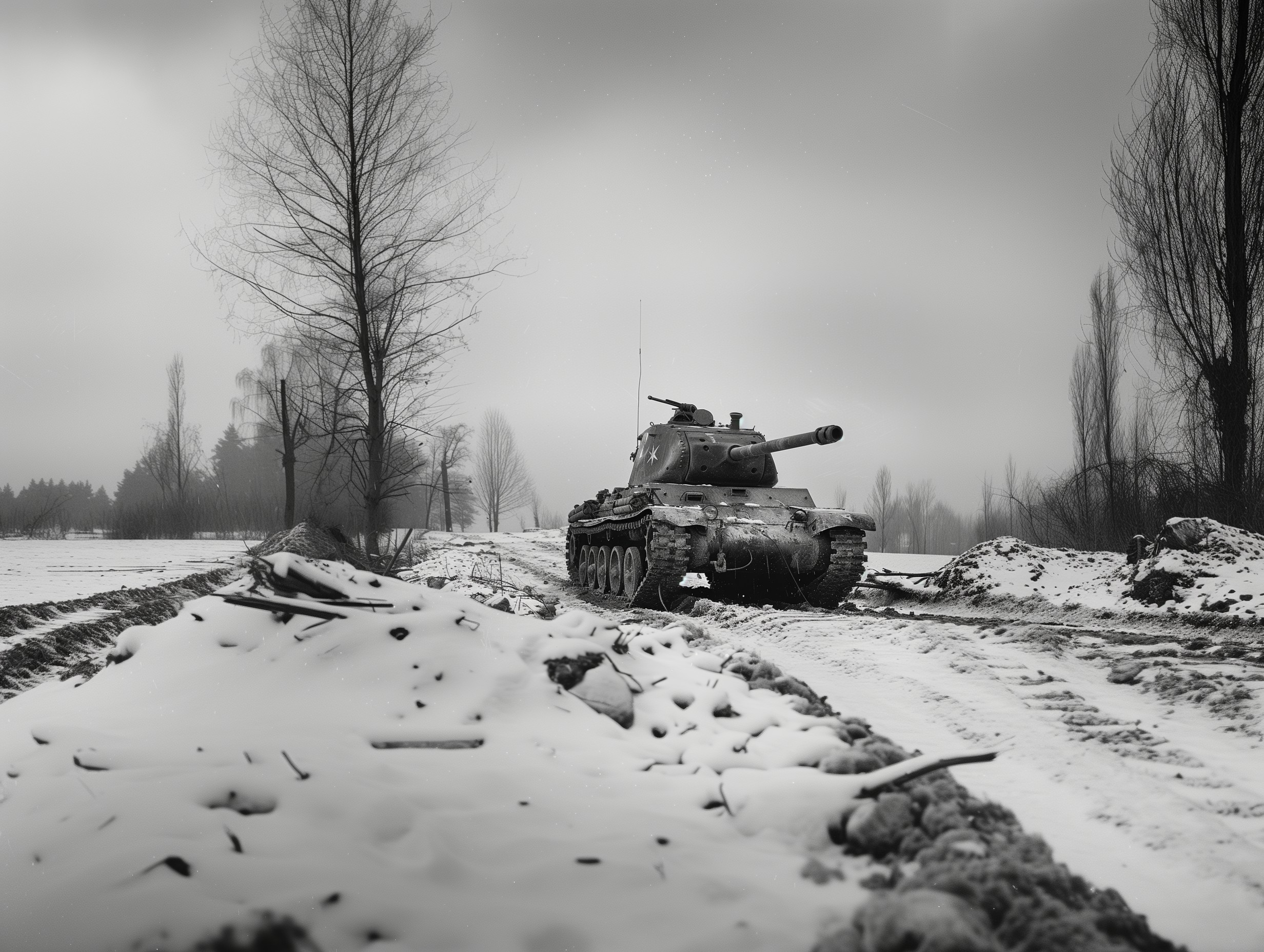Hetzer Tank Study
The Hetzer tank, officially designated the Jagdpanzer 38, was a German light tank destroyer of World War II. It was based on a modified Czechoslovakian Panzer 38(t) chassis and featured a powerful 75 mm gun in a fixed casemate on top of the chassis. Despite its small size and relatively light armor, the Hetzer was highly effective in its role due to its low profile, good frontal armor, and potent firepower.
Developed in 1943 and entering service in 1944, the Hetzer provided a cost-effective solution to the Wehrmacht's need for an efficient tank destroyer. Over 2,500 units were produced by the end of the war, making it one of the most common German tank destroyers of the period. The Hetzer's design influenced post-war tank development and it continued to serve in various armies into the 1960s.
Despite its successes, the Hetzer faced limitations such as restricted internal space, limited gun traverse, and mechanical reliability issues. However, its impact on the battlefield, combined with its economic production, made it a valuable asset to German defensive operations during the latter part of the war.

